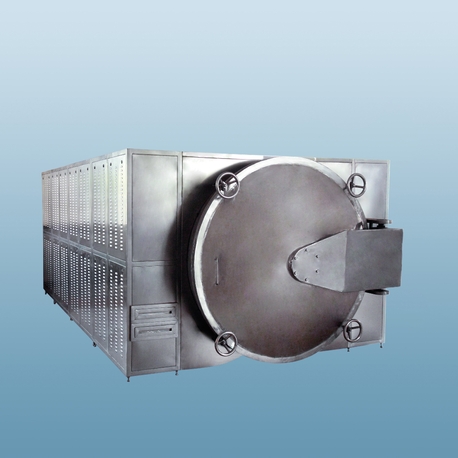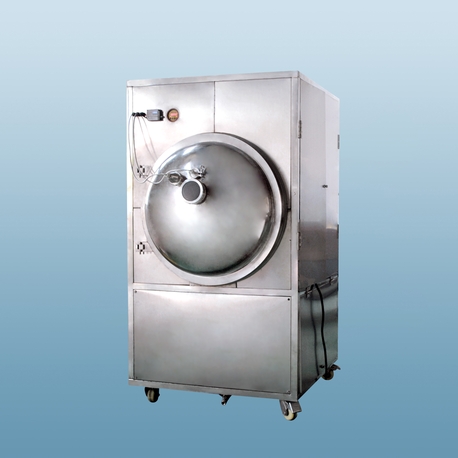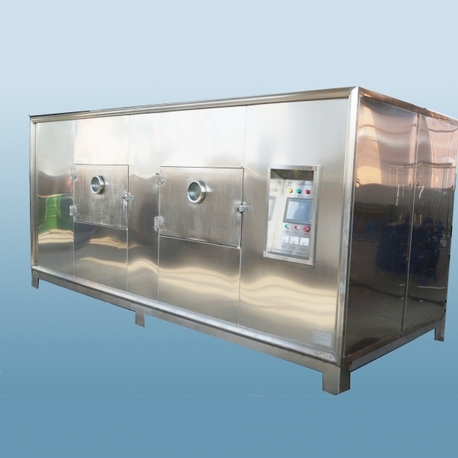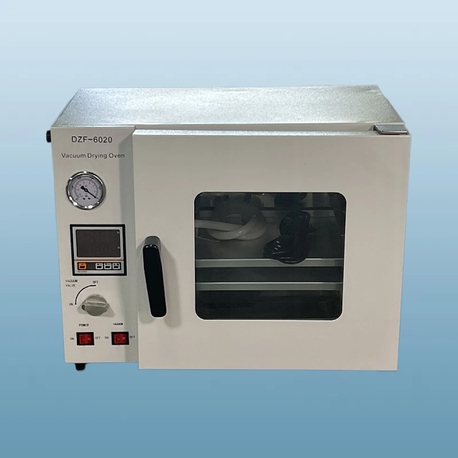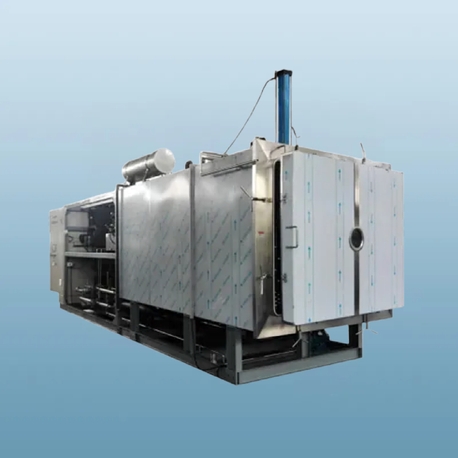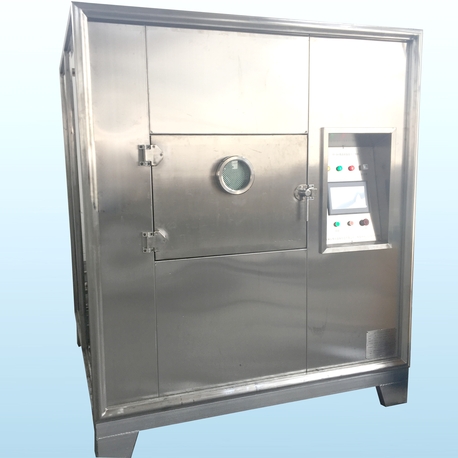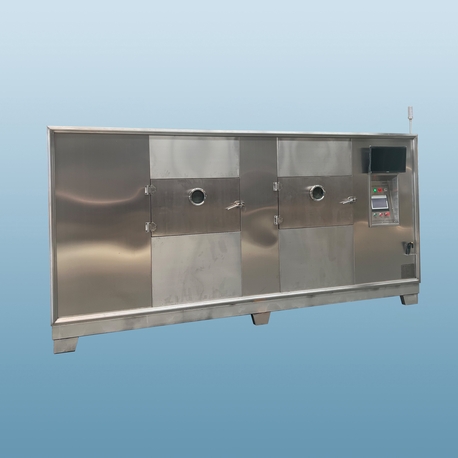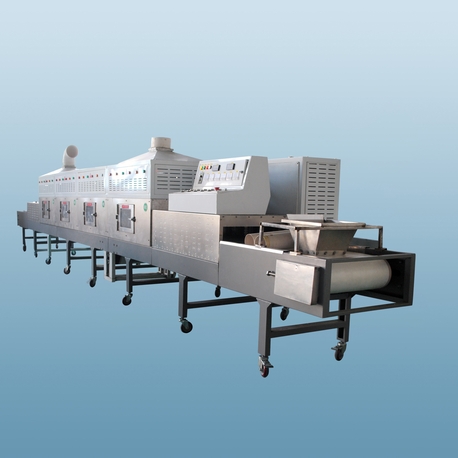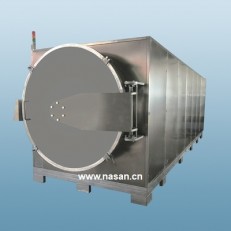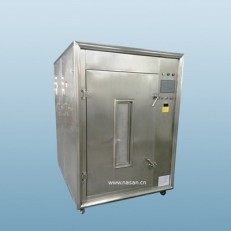In the world of industrial and commercial operations, drying machines play a pivotal role in enhancing productivity, reducing waste, and ensuring product quality. From food processing to pharmaceuticals, these machines are indispensable for removing moisture efficiently and consistently. As industries evolve, understanding the intricacies of drying machines becomes crucial for making informed decisions that impact bottom lines and operational efficiency. This article delves into seven essential aspects of industrial drying machines, providing a comprehensive overview to help professionals navigate this critical equipment. Whether you're looking to upgrade your current system or invest in a new one, this guide covers everything from types and working principles to maintenance and industry trends, all centered around the keyword "drying machine" to meet your informational needs.
Types of Industrial Drying Machines
Industrial drying machines come in various forms, each designed to cater to specific applications and materials. The most common types include convective dryers, conductive dryers, and radiative dryers. Convective drying machines, such as fluidized bed dryers and spray dryers, use hot air or gas to evaporate moisture from products. These are widely used in the food and chemical industries for their efficiency in handling bulk materials. Conductive drying machines, like drum dryers and vacuum dryers, rely on direct contact with a heated surface, making them ideal for heat-sensitive materials in pharmaceuticals and biotechnology. Radiative drying machines employ infrared or microwave technology to dry surfaces quickly, often seen in textile and paper manufacturing. Each type of drying machine offers unique advantages, and selecting the right one depends on factors like material properties, throughput requirements, and energy efficiency goals. By understanding these variations, businesses can optimize their drying processes and achieve better outcomes with their chosen drying machine.
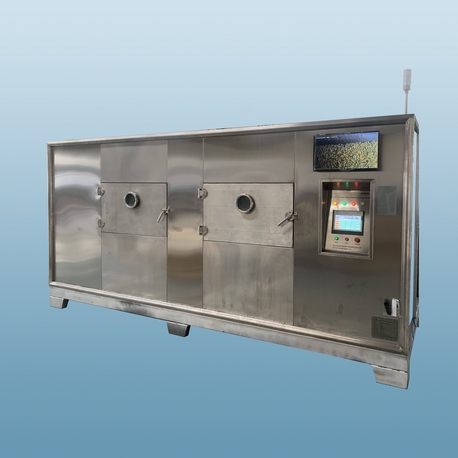
Working Principles of Drying Machines
The fundamental working principle of a drying machine involves the removal of moisture through heat transfer, mass transfer, and sometimes, advanced mechanisms like sublimation. In a typical convective drying machine, heated air is circulated around the wet material, causing water to evaporate and be carried away by the airflow. This process is governed by factors such as temperature, humidity, and air velocity, which must be carefully controlled to prevent product degradation. For instance, in a industrial drying machine used for agricultural products, maintaining a consistent temperature ensures uniform drying without compromising nutritional value. Conductive drying machines, on the other hand, transfer heat directly through surfaces, often under vacuum conditions to lower boiling points and preserve sensitive compounds. Radiative drying machines use electromagnetic waves to penetrate materials, enabling rapid moisture removal without direct contact. Understanding these principles helps operators fine-tune their drying machine settings for maximum efficiency and minimal energy consumption, which is critical in high-volume industrial settings.
Applications in Various Industries
Industrial drying machines are versatile tools employed across a wide range of sectors, including food processing, chemicals, textiles, and pharmaceuticals. In the food industry, a drying machine is used to preserve fruits, vegetables, and grains by reducing water activity, thereby extending shelf life and preventing spoilage. For example, tunnel dryers are commonly used for large-scale food dehydration, ensuring compliance with safety standards. In the chemical industry, drying machines handle powders, crystals, and slurries, facilitating processes like catalyst preparation and polymer production. The textile sector relies on drying machines for finishing fabrics, where even moisture distribution is essential for quality control. Pharmaceutical applications involve drying active ingredients and excipients in a controlled environment to maintain potency and sterility. Additionally, industries like mining and ceramics use specialized drying machines for ore and clay processing. This broad applicability underscores the importance of selecting a drying machine tailored to specific industry needs, as it can significantly impact product quality and operational costs.
Benefits of Modern Drying Machines
Modern drying machines offer numerous benefits that drive efficiency, sustainability, and cost savings in industrial operations. One key advantage is energy efficiency, as advanced models incorporate heat recovery systems and smart controls to reduce power consumption. For instance, a high-efficiency drying machine can cut energy use by up to 30% compared to traditional models, aligning with global sustainability goals. Another benefit is improved product quality, as precise temperature and humidity control minimize the risk of over-drying or uneven moisture distribution. This is particularly important in industries like pharmaceuticals, where consistency is critical for regulatory compliance. Additionally, modern drying machines often feature automation and IoT integration, allowing for real-time monitoring and predictive maintenance. This reduces downtime and extends the equipment's lifespan, leading to lower total cost of ownership. Safety is also enhanced through features like explosion-proof designs and automated shutdown systems, which protect workers and assets in hazardous environments. By investing in an up-to-date drying machine, businesses can achieve higher throughput, better resource utilization, and a competitive edge in the market.
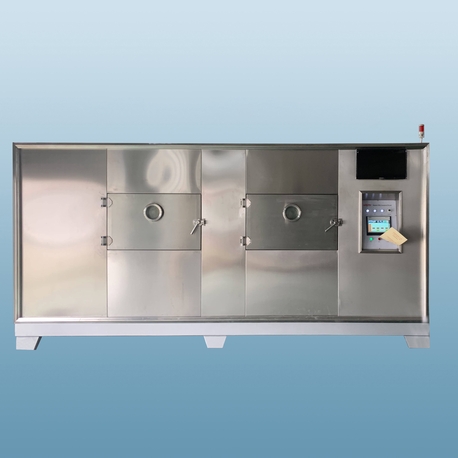
Selection Criteria for Drying Machines
Choosing the right industrial drying machine involves evaluating several factors to ensure it meets operational requirements and budget constraints. First, consider the material characteristics, such as moisture content, particle size, and thermal sensitivity, as these dictate the type of drying machine needed. For example, a fragile product might require a gentle drying machine like a freeze dryer to preserve structure. Second, assess capacity and throughput needs—high-volume industries may opt for continuous drying machines, while batch processes might benefit from modular designs. Energy efficiency is another critical criterion; look for certifications like ISO 50001 or ENERGY STAR to identify models that minimize environmental impact and operating costs. Maintenance requirements should also be factored in, as easy-to-clean components and accessible service points can reduce long-term expenses. Lastly, consider the total cost of ownership, including installation, energy consumption, and potential upgrades. Consulting with manufacturers and conducting pilot tests can help in selecting a drying machine that aligns with specific industrial applications, ensuring optimal performance and reliability.
Maintenance and Troubleshooting Tips
Proper maintenance is essential for maximizing the lifespan and efficiency of an industrial drying machine. Regular inspections should include checking for wear and tear on components like belts, filters, and heating elements. Cleaning is crucial to prevent buildup that can impair performance; for instance, in a convective drying machine, clogged air filters can reduce airflow and increase energy use. Lubrication of moving parts and calibration of sensors should be performed according to the manufacturer's guidelines to maintain accuracy. Common issues with a drying machine include uneven drying, which may stem from improper loading or airflow obstructions, and excessive noise, often indicating mechanical failures. Troubleshooting these problems early can prevent costly repairs. Implementing a preventive maintenance schedule, using genuine spare parts, and training staff on operational best practices are key strategies. Additionally, leveraging digital tools for condition monitoring can provide alerts for potential failures, ensuring that the drying machine operates smoothly and efficiently over time.
Future Trends in Drying Technology
The future of industrial drying machines is shaped by innovations aimed at sustainability, automation, and customization. One emerging trend is the integration of renewable energy sources, such as solar-powered drying machines, which reduce carbon footprints and operational costs. Another development is the use of artificial intelligence and machine learning to optimize drying cycles in real-time, adapting to material variations and environmental conditions. For example, an AI-enabled drying machine can predict moisture levels and adjust settings automatically, improving efficiency and product consistency. Modular and scalable designs are also gaining popularity, allowing businesses to expand their drying capacity as needed without major overhauls. Furthermore, advancements in material science are leading to more durable and corrosion-resistant components, extending the life of drying machines in harsh industrial environments. As industries move toward Industry 4.0, the drying machine of the future will likely be smarter, greener, and more adaptable, driving further gains in productivity and sustainability.
Frequently Asked Questions (FAQ)
Q1: What is the typical energy consumption of an industrial drying machine?
A1: The energy consumption of an industrial drying machine varies based on type, size, and application, but modern efficient models can range from 0.5 to 2 kWh per kilogram of water removed. Factors like heat recovery systems and insulation can significantly reduce this, so it's advisable to consult manufacturer specifications and conduct an energy audit for accurate estimates.
Q2: How often should a drying machine be serviced?
A2: Regular servicing for a drying machine is recommended every 6 to 12 months, depending on usage intensity. High-volume operations might require quarterly checks to ensure optimal performance. Always refer to the manufacturer's maintenance schedule and keep logs of inspections to prevent unexpected downtime.
Q3: Can a drying machine handle different types of materials?
A3: Yes, many industrial drying machines are designed for versatility and can process various materials by adjusting settings like temperature and airflow. However, it's essential to validate compatibility through tests, as some materials may require specialized drying machine configurations to avoid contamination or damage.
Q4: What safety features should I look for in a drying machine?
A4: Key safety features for a drying machine include overload protection, temperature sensors, explosion-proof designs for hazardous environments, and emergency stop buttons. Additionally, models with automated shutdown in case of malfunctions can enhance workplace safety and comply with industry standards like OSHA or CE markings.
Q5: How long does a typical industrial drying machine last?
A5: With proper maintenance, an industrial drying machine can last 15 to 25 years. Factors such as operating conditions, material abrasiveness, and adherence to maintenance schedules influence longevity. Investing in quality components and regular upgrades can extend the life of your drying machine.
In conclusion, industrial drying machines are vital assets that drive efficiency and innovation across multiple sectors. By understanding their types, principles, applications, and maintenance, businesses can make informed decisions that enhance performance and sustainability. As technology advances, staying updated on trends will ensure that your drying machine investments remain competitive and effective.


